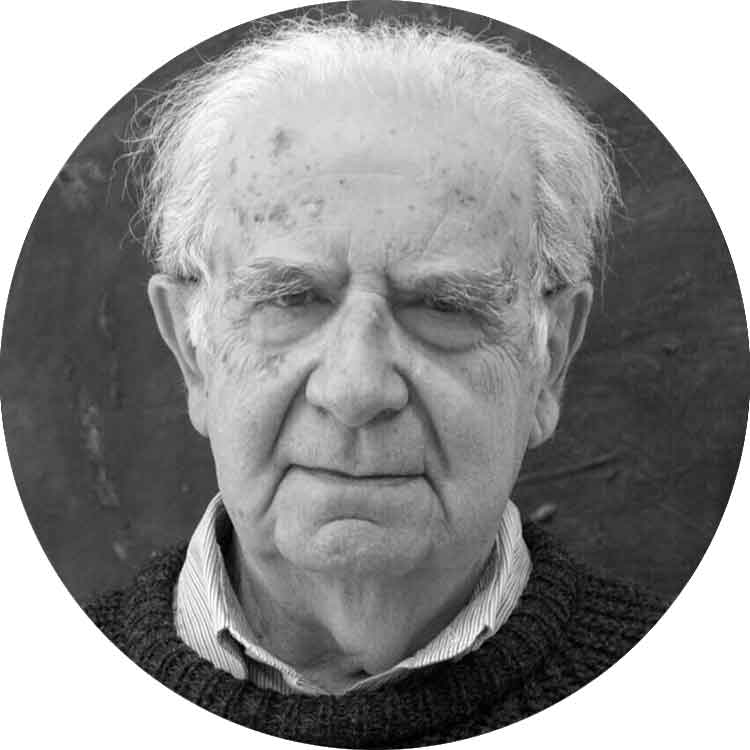Claudio Verna biography

Claudio Verna, born in 1937 in Guardiagrele, in the province of Chieti, is a recognized Italian painter considered a key figure and founder of the artistic movement "Analytical Painting". His artistic education took shape in Umbria and was completed at the University of Florence, where he graduated in 1961 with a thesis on "Figurative arts in industrial civilization". In Florence, he had the opportunity to establish significant contacts with representatives of classical abstractionism and other painters, beginning his career with important exhibitions.
Having moved to Rome in 1961, Claudio Verna spent several years in a phase of experimentation and autonomous definition of his artistic path, then returned to exhibit in 1967. This period marks his belief in the "ancient and indispensable reasons" of painting, leading to the birth of Analytical Painting, a movement that reflects on contemporary art and its relationship with modern tradition.
Claudio Verna's work stands out for its mature expressiveness, characterized by extreme rigor and intense emotional abandonment. Color is the dominant element in his paintings, exploring saturation and light. His solo exhibitions have reached impressive numbers, over one hundred, both in Italy and abroad, with significant participations such as the Venice Biennale and exhibitions in renowned museums.
At the international level, Claudio Verna was a constant presence in group exhibitions and shows, receiving various recognitions, including the prestigious "Antonio Feltrinelli" Prize for painting from the National Academy of the Lincei in 2008 and the appointment as National Academician of the Academy of San Luca. In 2010, the Catalogue Raisonné of his work was published, curated by Volker W. Feierabend and Marco Meneguzzo.
Claudio Verna's painting, since the 1950s, has been distinguished by a gesture of contained energetic tension and explicit chromatic value, characterized by red, yellow, orange, gray tones and flashes of green. His primary vocation is revealed in the investigation of color qualities, ranging from the chromatic compositions of the 1960s to a rigorous abstraction in the following years.
Claudio Verna was an authoritative protagonist in the renewal of painting, conducting an artistic research consistent and significantly connected to aesthetic reflection and the values of tradition and contemporaneity. His theoretical and practical approach always reaffirmed the specificity of the pictorial language, standing out in a scene dominated by cold resets and sophisticated conceptual tautologies.
In the 1970s, his work underwent a transformation, with the canvas surface becoming a stage for new color-light emotions, creating images of high formal quality. His works often unfold in sign-like textures measured in gesture and broken in rhythm, where color explodes in skillful harmonies.
Claudio Verna, living and working in Rome, continued to be a central figure in the artistic scene, with his style spanning various phases and seeing evolutions in visual language. His art was fundamental in promoting a return to painting and in enhancing its constituent elements. His rich and varied career has left an indelible mark on the world of contemporary art, evidenced by a body of work that continues to influence and inspire.



